Year 4
The science inquiry skills and science as a human endeavour strands are described across a two-year band. In their planning, schools and teachers refer to the expectations outlined in the achievement standard and also to the content of the science understanding strand for the relevant year level to ensure that these two strands are addressed over the two-year period. The three strands of the curriculum are interrelated and their content is taught in an integrated way. The order and detail in which the content descriptions are organised into teaching and learning programs are decisions to be made by the teacher.
Incorporating the key ideas of science
Over Years 3 to 6, students develop their understanding of a range of systems operating at different time and geographic scales.
In Year 4, students broaden their understanding of classification and form and function through an exploration of the properties of natural and processed materials. They learn that forces include non-contact forces and begin to appreciate that some interactions result from phenomena that can't be seen with the naked eye. They begin to appreciate that current systems, such as Earth's surface, have characteristics that have resulted from past changes and that living things form part of systems. They understand that some systems change in predictable ways, such as through cycles. They apply their knowledge to make predictions based on interactions within systems, including those involving the actions of humans.
(source: www.australiancurriculum.edu.au)
Achievement Standard
By the end of Year 4, students apply the observable properties of materials to explain how objects and materials can be used. They describe how contact and non-contact forces affect interactions between objects. They discuss how natural processes and human activity cause changes to Earth’s surface. They describe relationships that assist the survival of living things and sequence key stages in the life cycle of a plant or animal. They identify when science is used to understand the effect of their actions.
Students follow instructions to identify investigable questions about familiar contexts and make predictions based on prior knowledge. They describe ways to conduct investigations and safely use equipment to make and record observations with accuracy. They use provided tables and column graphs to organise data and identify patterns. Students suggest explanations for observations and compare their findings with their predictions. They suggest reasons why a test was fair or not. They use formal and informal ways to communicate their observations and findings.
(source: www.australiancurriculum.edu.au)
- Plus Plan
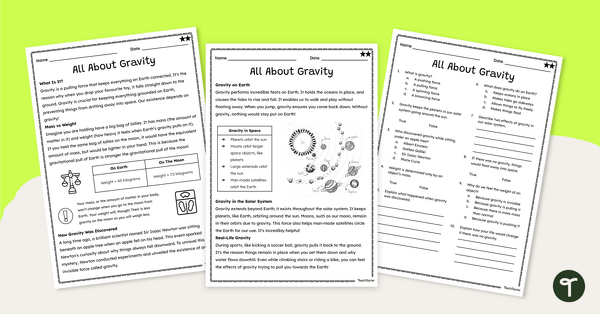
The Force of Gravity Comprehension Worksheets
Download this gravity worksheet to teach your Year 4 students about the force of gravity and its impact on our daily lives.
- Plus Plan
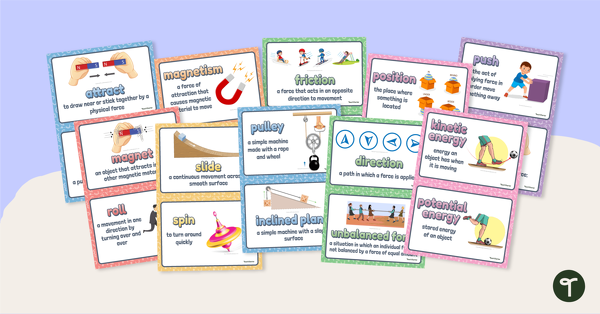
Force and Motion Vocabulary Posters
Display this set of 22 mini-posters in your classroom when learning about force and motion vocabulary.
- Plus Plan
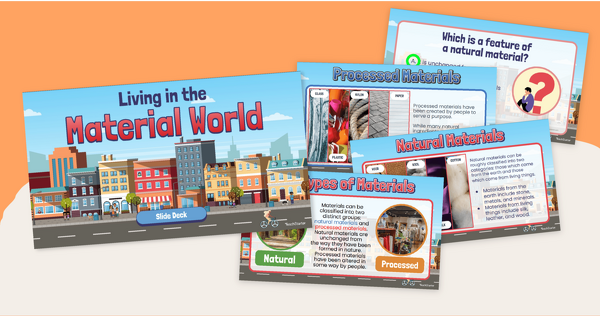
Material World PowerPoint - Processed and Natural Materials
Discover the difference between processed and natural materials with an instructional slide show.
- Plus Plan
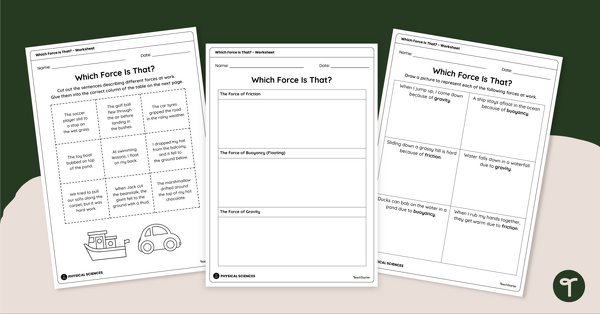
Which Force Is That? Worksheet
Use this forces worksheet to teach your Year 4 students about the common forces of friction, buoyancy and gravity.
- Plus Plan
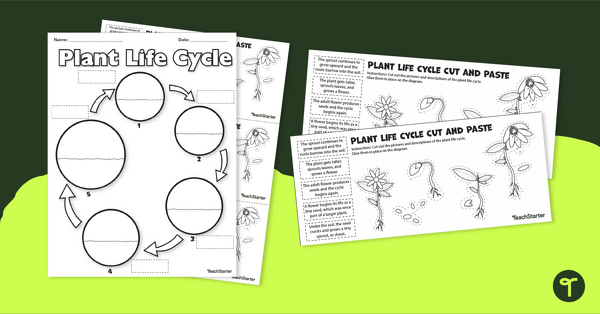
Plant Life Cycle Worksheet - Cut and Paste
Help your students cement their understanding of the plant life cycle with a cut and paste worksheet.
- Plus Plan
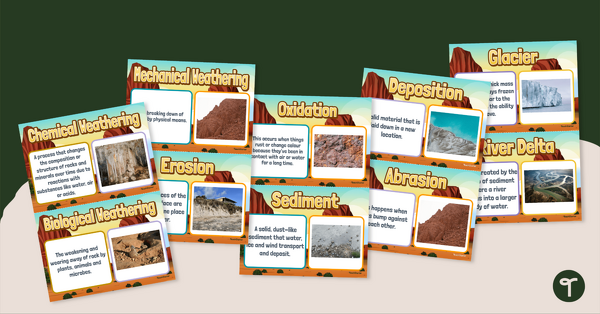
Weathering, Erosion and Deposition Vocabulary Posters
Display this set of science vocabulary posters in your classroom when teaching about weathering, erosion and deposition.
- Plus Plan
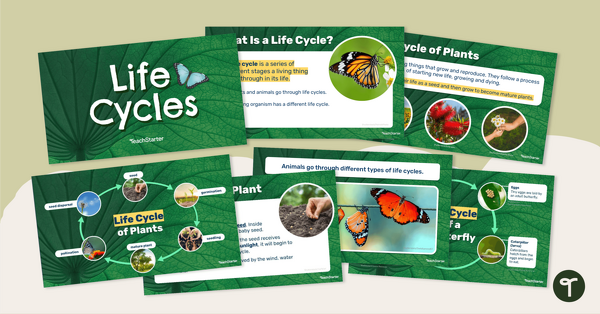
Life Cycles – Teaching Presentation
Teach your students about life cycles of plants and animals with this 19-slide teaching presentation.
- Plus Plan
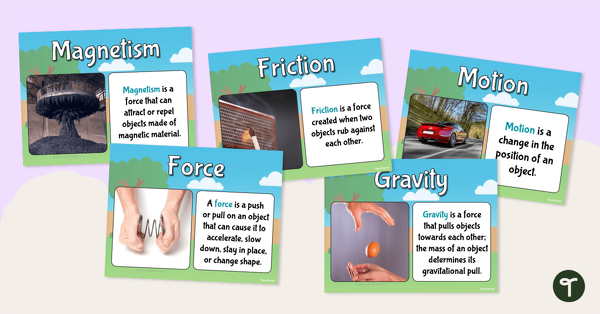
Force and Motion – Poster Pack
Display information about force and motion with this set of 12 vocabulary posters.
- Free Plan

Types of Forces Worksheet
Teach your Year 4 students about the types of contact forces with this simple one-page worksheet.
- Plus Plan
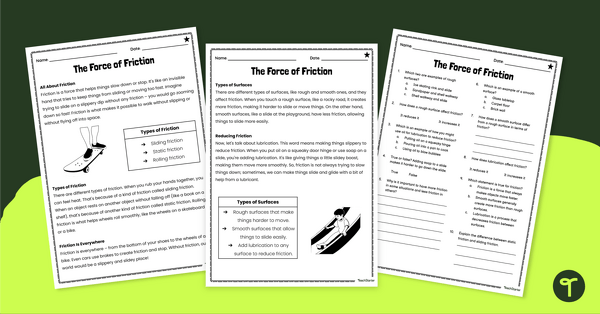
The Force of Friction Comprehension Worksheets
Download this friction worksheet to teach your Year 4 students about the force of friction and its impact on our daily lives.
- Free Plan
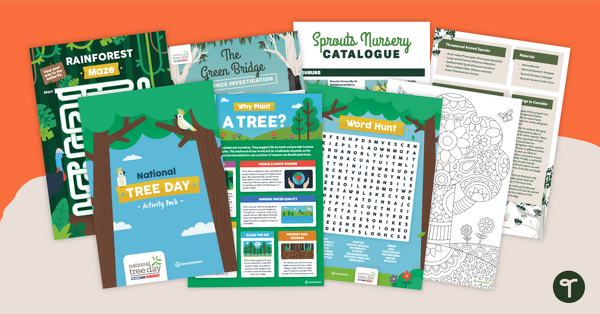
National Tree Day Activity Pack
Celebrating National Tree Day with a pack of exciting activities!
- Plus Plan
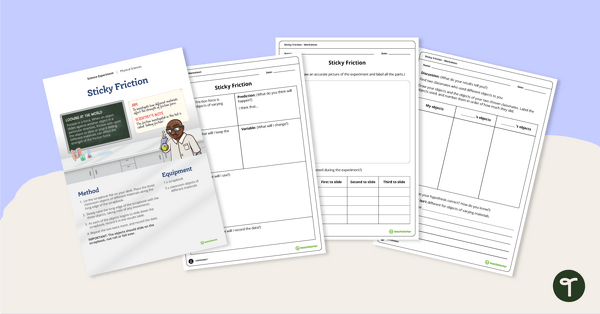
Friction Experiment – Sticky Friction
Use this engaging friction experiment when teaching your students about sliding friction and the effect it has on the movement of objects.
- Free Plan
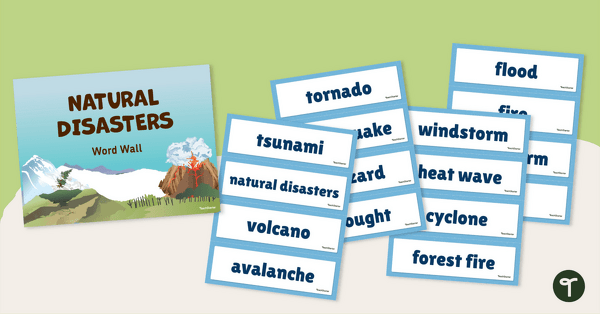
Natural Disaster Word Wall Vocabulary
Use this teacher-created resource to explore natural disaster vocabulary with your primary school students.
- Plus Plan
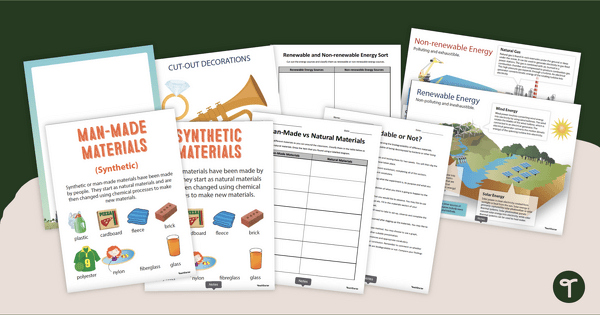
Material World Resource Pack
Learn about natural and manmade materials with a printable resource pack.
- Plus Plan
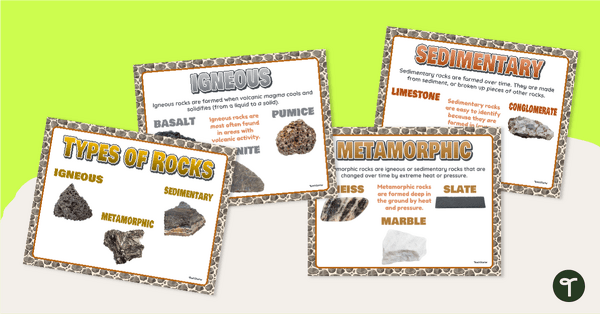
Types of Rocks Posters
Teach your students information about the three basic types of rock with a set of printable Types of Rocks Anchor Charts.
- Plus Plan
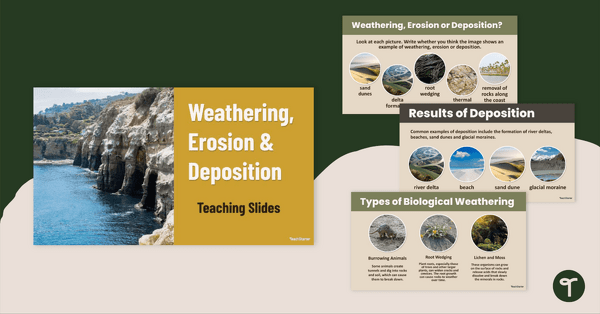
Weathering, Erosion and Deposition – Teaching Slides
Learn about the different types of weathering, effects of erosion, results of deposition and more with this set of teaching slides.
- Free Plan
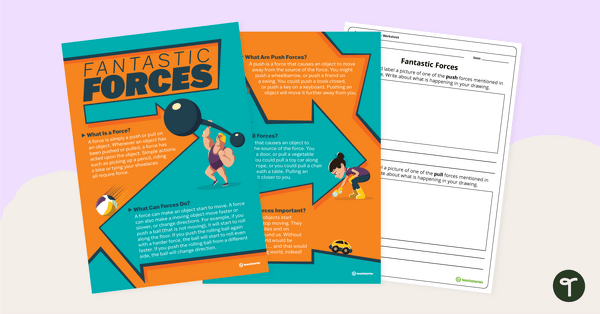
Fantastic Forces Comprehension Worksheet
Download this forces reading comprehension worksheet to teach your Year 4 students about push and pull forces.
- Plus Plan
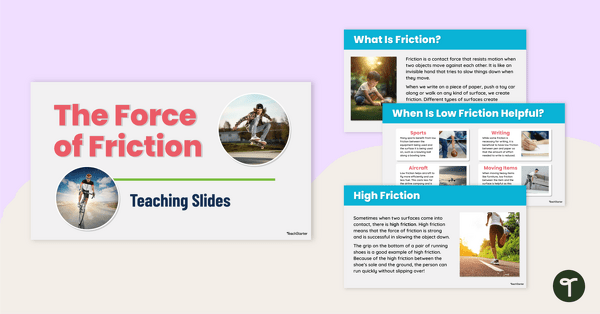
The Force of Friction Teaching Slides
Teach your students facts about friction with this comprehensive and age-appropriate teaching presentation for primary school science lessons.
- Plus Plan
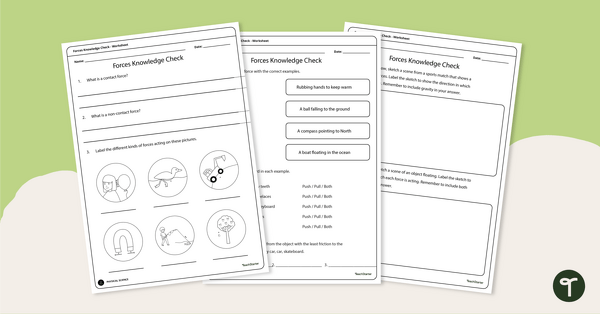
Forces Assessment
Assess students' understanding of contact and non-contact forces with this forces assessment for Year 4 students.
- Plus Plan
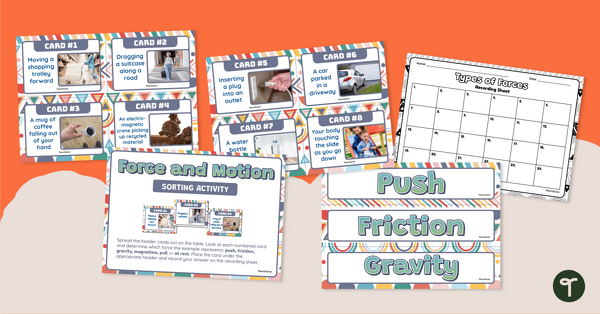
Force and Motion Sorting Activity
Show students force and motion examples with this force and motion sorting activity for elementary school science lessons.
- Plus Plan
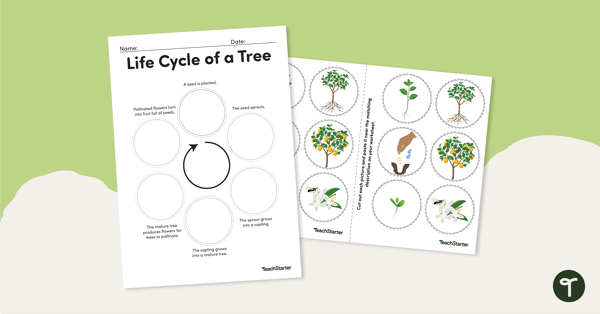
Life Cycle of a Tree – Worksheet
Piece together the life cycle of a tree with this cut and paste worksheet.
- Plus Plan
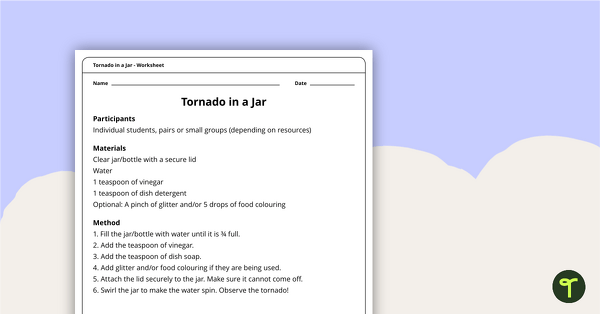
Tornado in a Jar Worksheet
A science activity that demonstrates some properties and effects of motion.
- Plus Plan
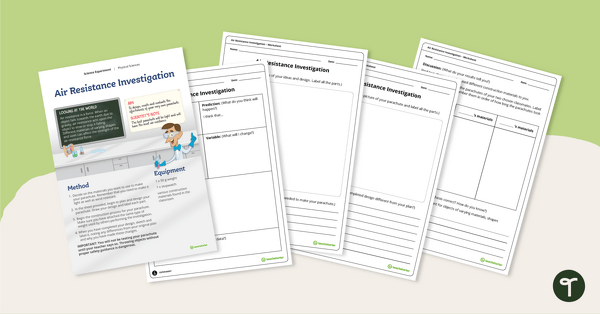
Air Resistance Force Investigation
Use this engaging air resistance force experiment when teaching your students about air friction and the effect it has on the effectiveness of a parachute.
- Plus Plan
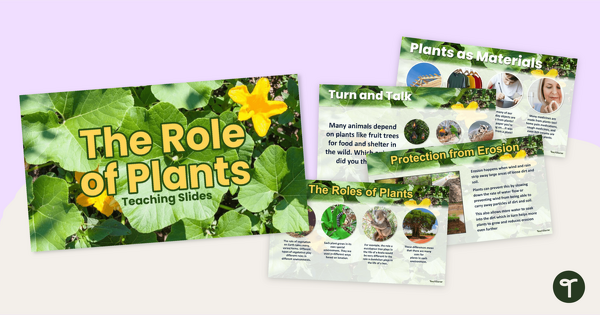
The Role of Plants - Instructional Slide Deck
Explore the different ways that plants can be beneficial with an interactive slide deck.
- Plus Plan
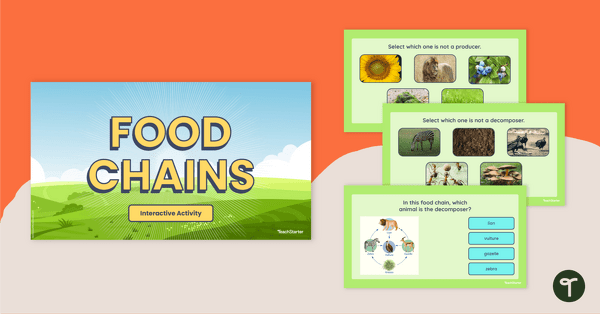
Food Chains - Interactive Activity
Review producers, consumers and decomposers in food chains with this interactive digital quiz.
- Plus Plan
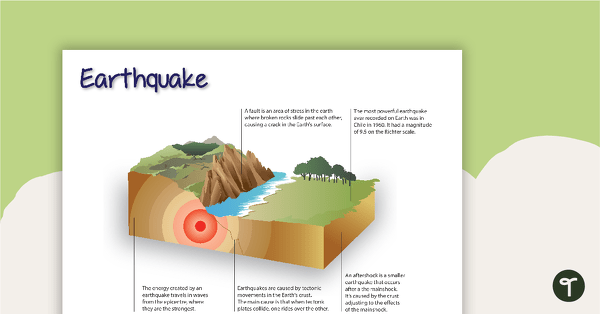
Natural Disaster Posters - Information
Posters with pictures and information for eight different types of natural disasters.
- Free Plan
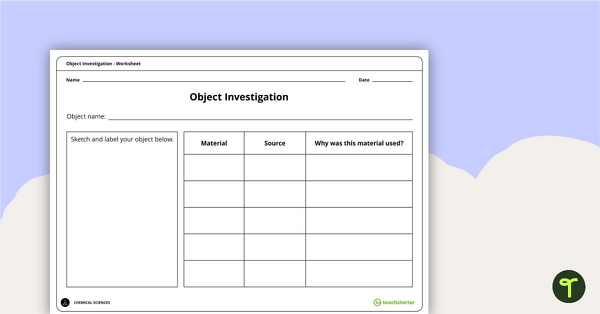
Object Material Investigation Worksheet
A worksheet for investigating the materials certain objects are made from.
- Free Plan
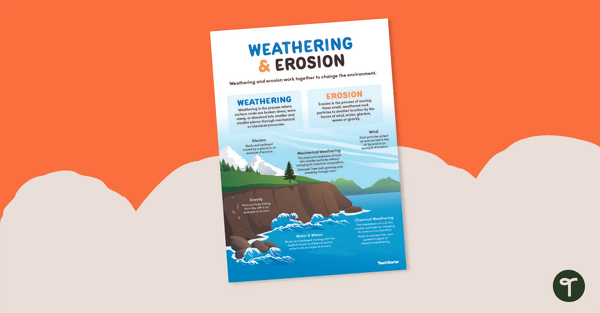
Weathering and Erosion Poster
Learn how weathering and erosion can cause slow changes to Earth’s surface with this printable poster.
- Plus Plan
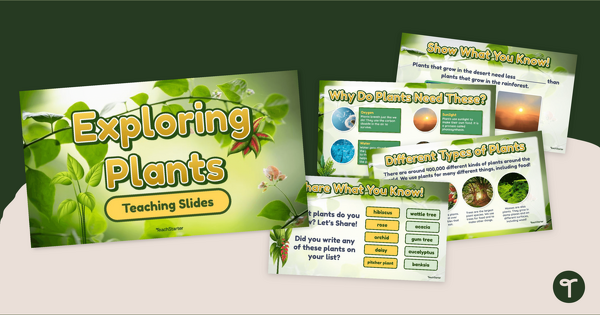
Exploring Plants PowerPoint
Explore the characteristics of plants in our environment with an interactive teaching slide presentation.
- Plus Plan
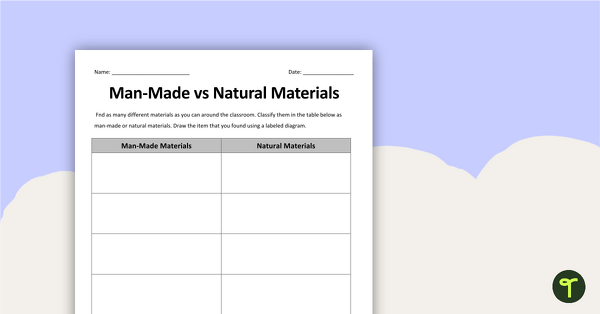
Man-Made vs Natural Materials Worksheet
Identify man-made and natural materials in the classroom with a gallery walk organiser.
- Plus Plan
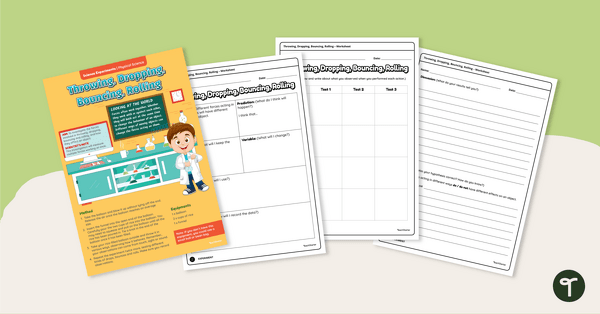
Force and Motion Experiment – Throwing, Dropping, Bouncing, Rolling
Use this hands-on force and motion experiment when teaching your students about how forces influence the movement of objects.
- Plus Plan
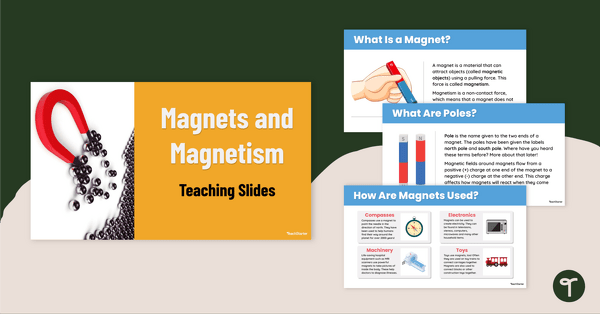
Magnets and Magnetism Teaching Slides
Teach your students how magnets and magnetism work with this comprehensive and age-appropriate teaching presentation for primary school science lessons.